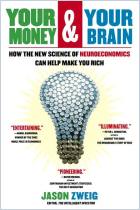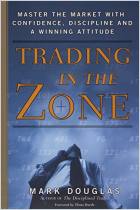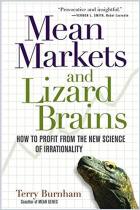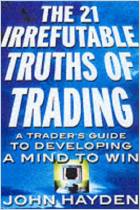Internet search engines seem able to deliver every possible answer for every imaginable question in an instant. But no software program can replicate or replace human intuition, the greatest gift any securities trader can wield. Inexplicable investment instincts arise from feelings that right-brain thoughts inspire. Dismissing these instinctive feelings may seem rational to traders with a lopsided preference for left-brain thinking. For a more balanced approach, apply rational, left-brain tests to right-brain ideas, says investor Curtis Faith, author of Way of the Turtle. He offers compelling evidence and personal testimony about the overlooked power of intuitive thinking in securities trading. getAbstract recommends this book to traders who want to make better use of their intuition.
Left-Brain and Right-Brain Investing
Understanding the differences between the two hemispheres of the human brain is the first step toward using the whole brain to make investment decisions. The left hemisphere is the rational, analytical side that respects rules and recognizes limits. The right hemisphere is more inductive, better at identifying patterns and imagining possibilities.
Two distinct categories of securities traders represent the type of thinking that happens in each hemisphere of the brain. “Discretionary traders” tend toward right-brain thinking. They follow no specific formula for buying or selling because they regard investing as an art. “System traders” treat investing like a science, basing their decisions to buy or sell on preset rules. Both tactics have drawbacks. Acting on investment ideas without analyzing them is reckless. Trading exclusively “from the gut,” or on instinct alone, also can produce lackluster returns. Many traders pay more attention to facts than their feelings; however, they could achieve better returns by putting more trust in right-brain thinking and by using intuition to generate more ideas for left-brain evaluation. This ...
Curtis Faith is the author of Way of the Turtle, based on his successful experience as a member of a legendary Chicago securities trading group called the Turtles. In his early 20s, he earned more than $30 million as a member of this group.


















Comment on this summary
Many thanks for your comment. We're sorry that you experienced a problem downloading this file. According to your download history, you downloaded this title on May 7 and again on May 8. In case you are still experiencing problems, I will forward this PDF directly to your email account. If you discover any more problems in accessing our library, please us know so that we may discover and fix the problem.
Kind regards,
Deirdre Cody (editor at getAbstract)